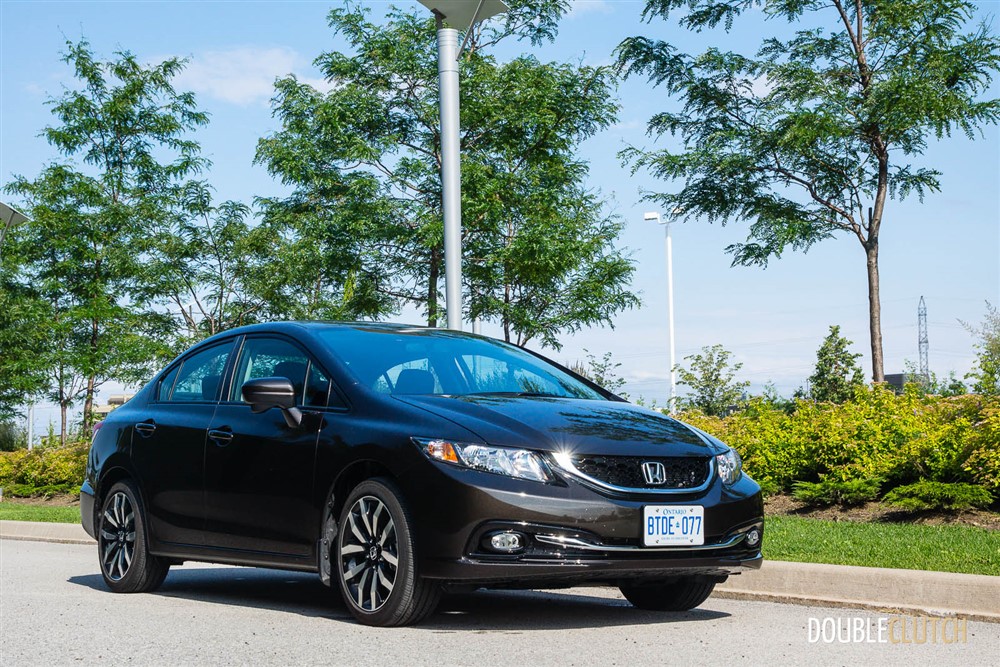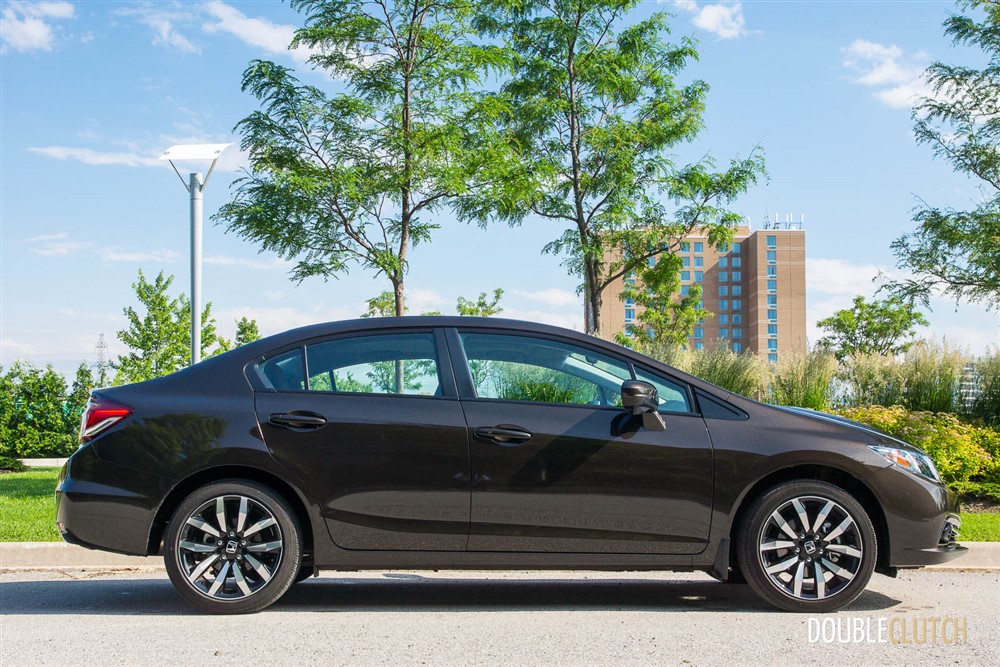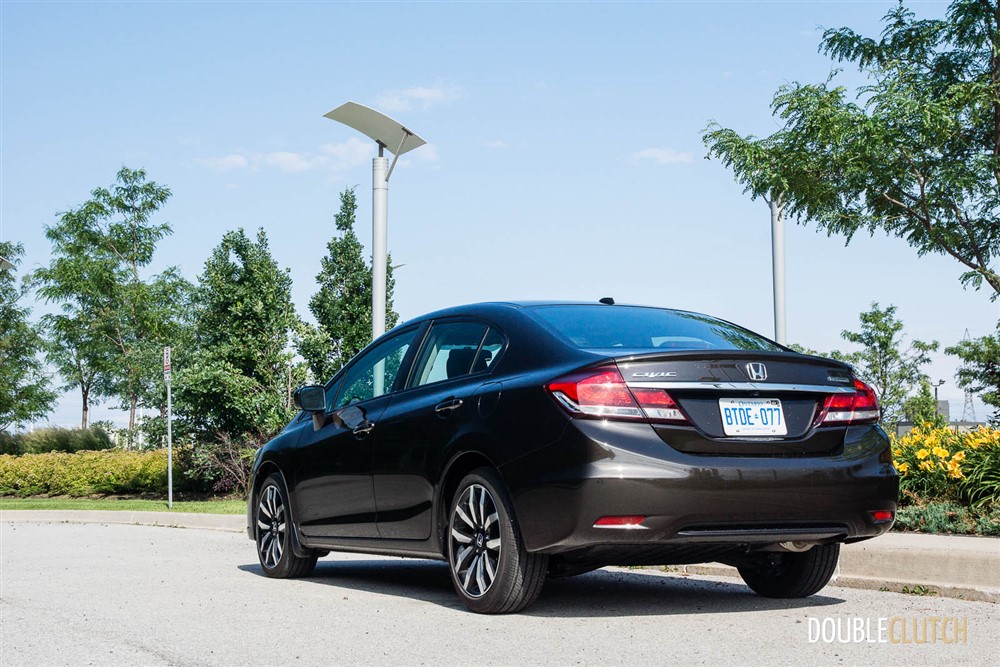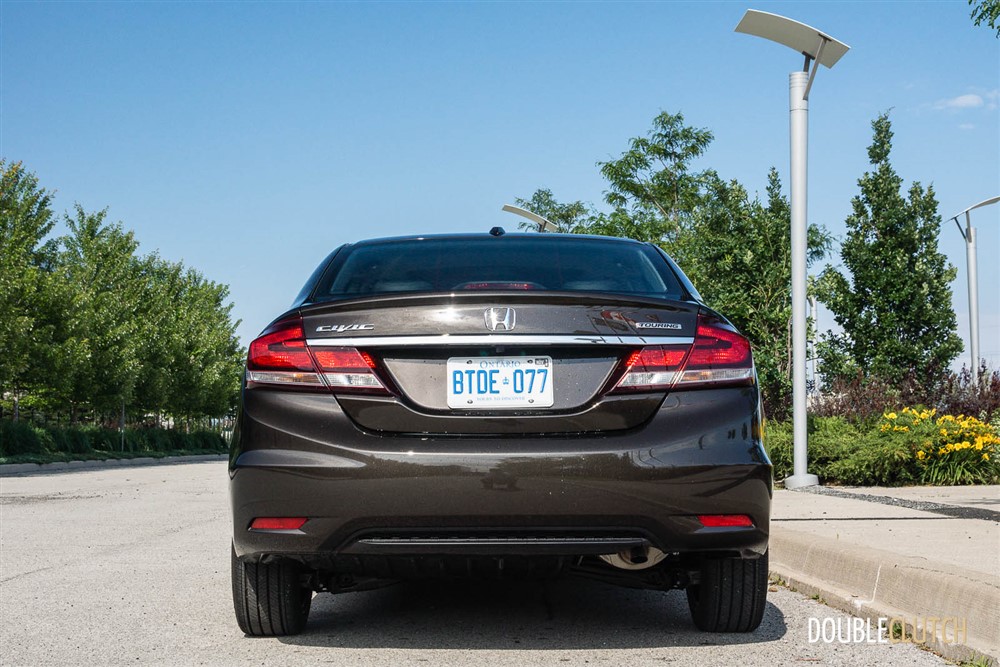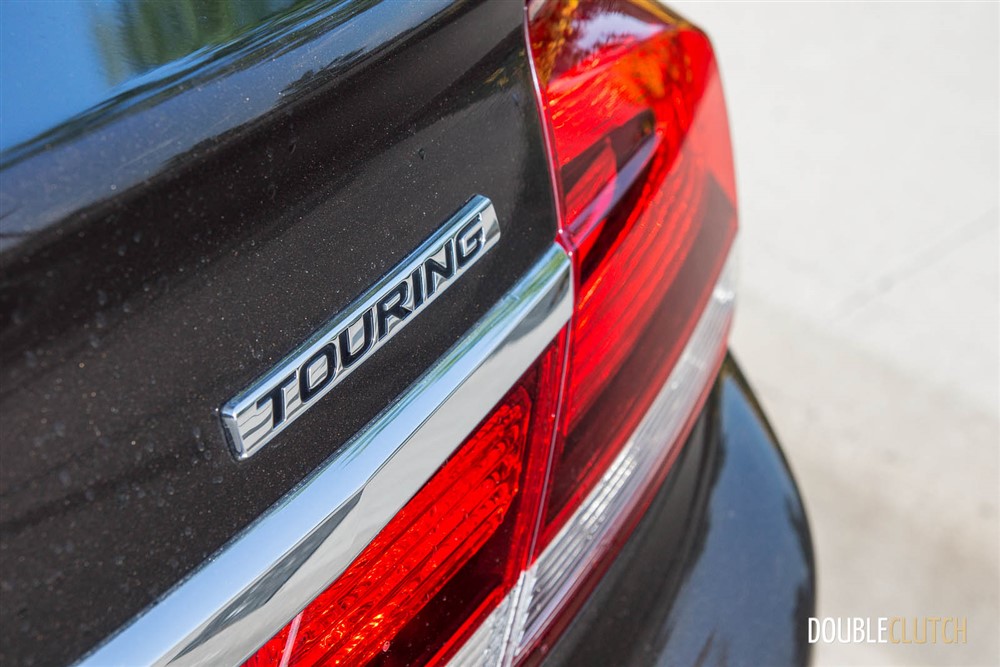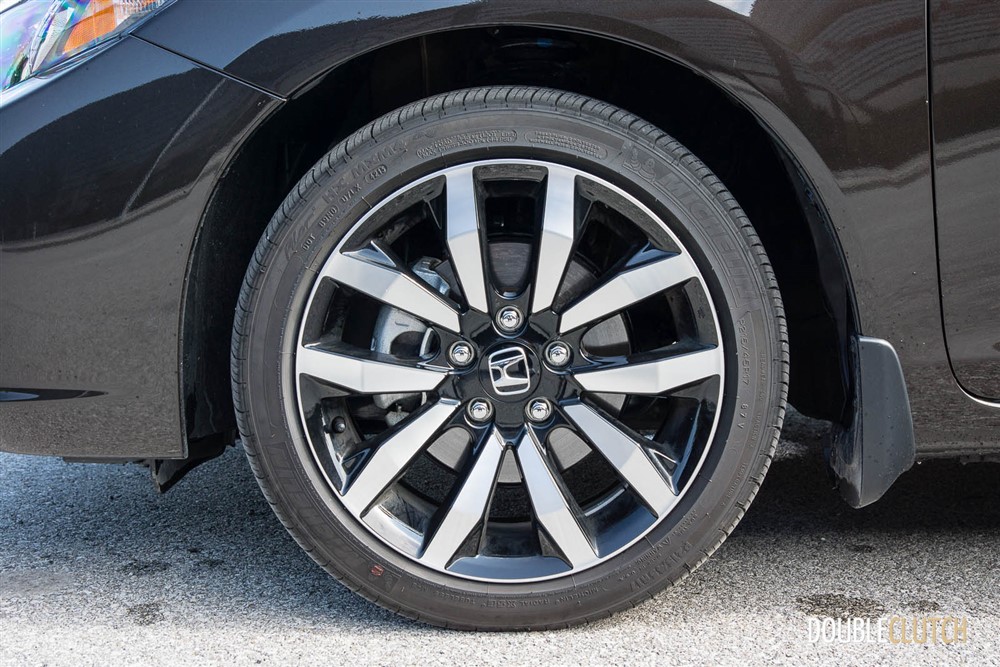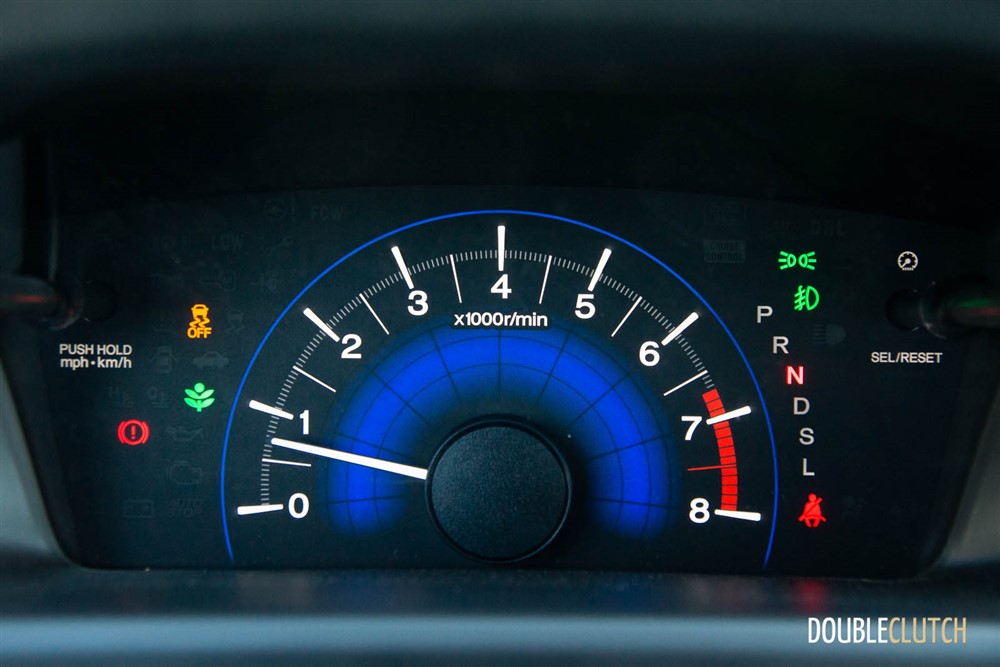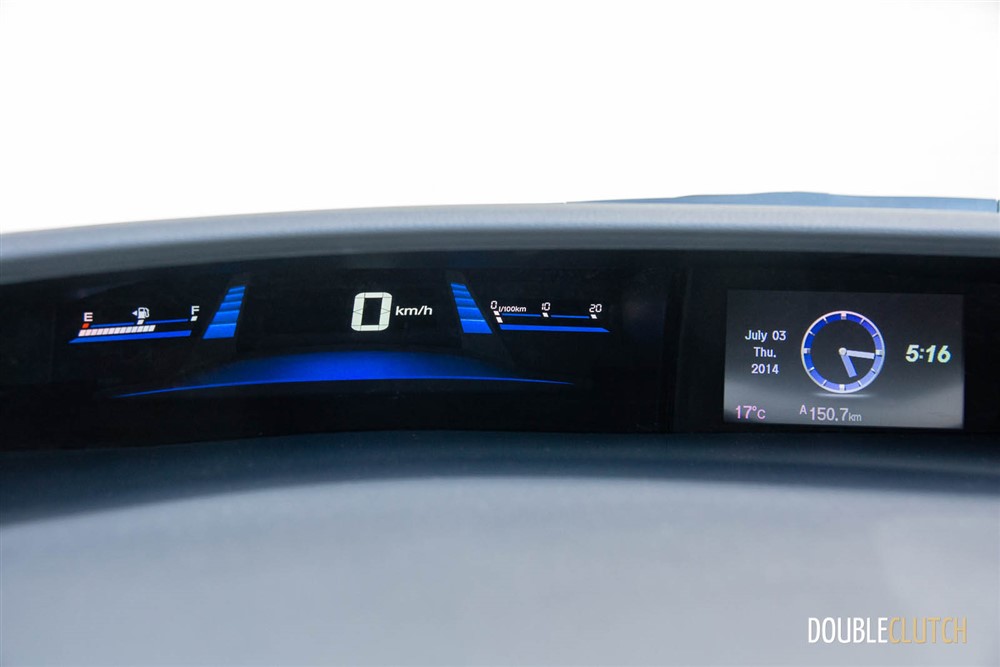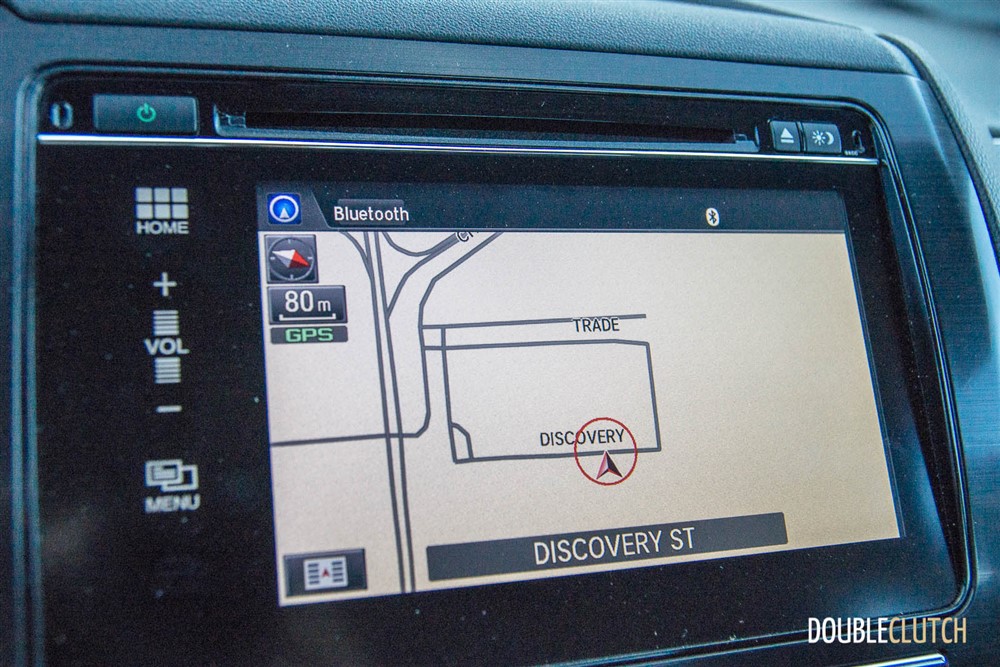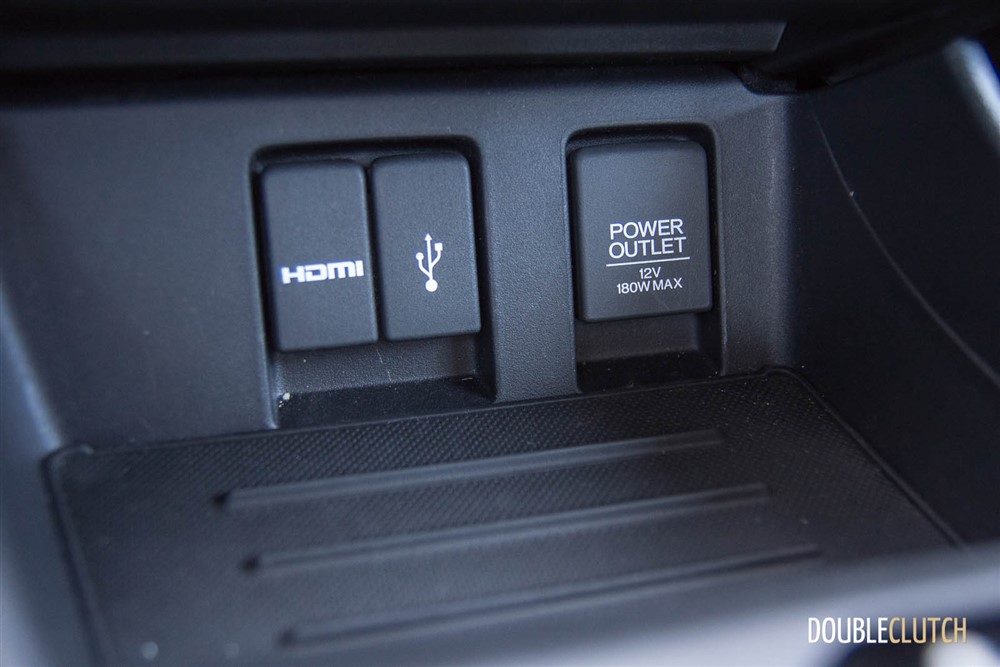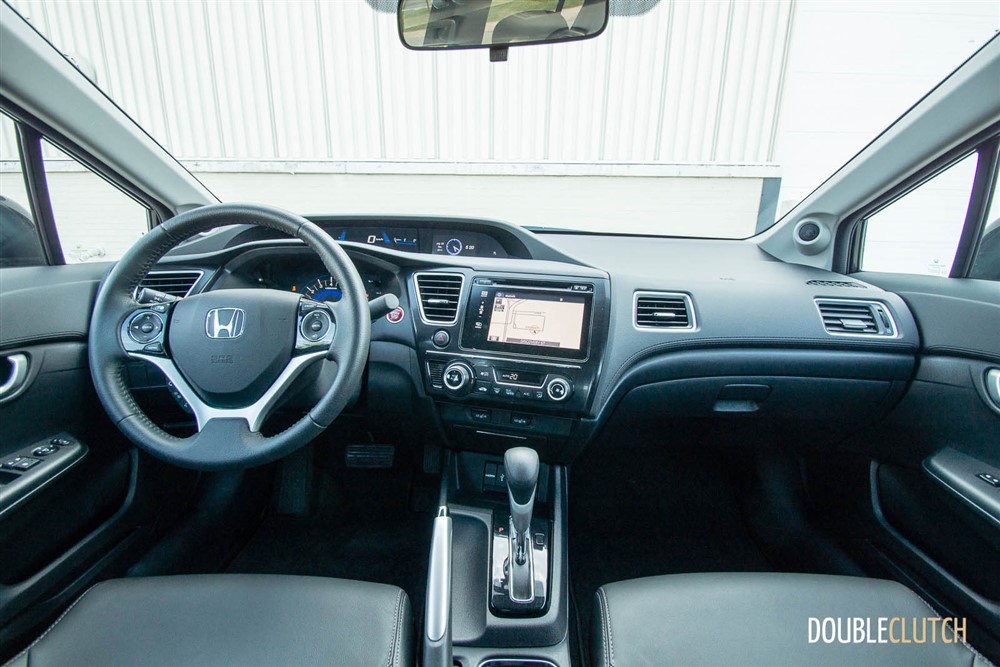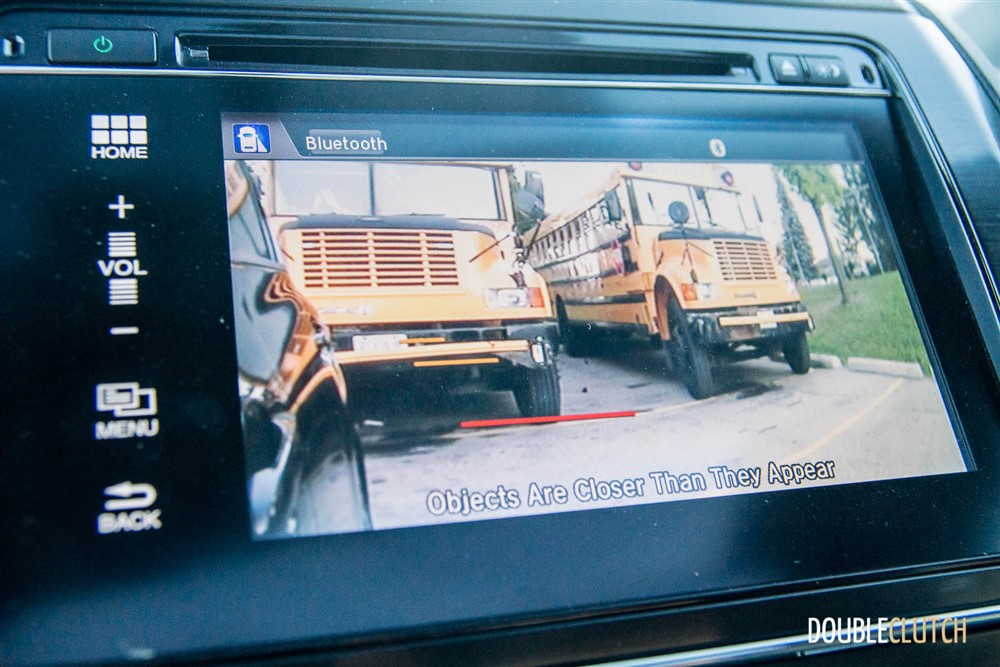It’s easy to see how the Honda Civic has influenced so many lives of people of all ages. Unless one grew up in a die-hard domestic car household, chances are the Civic has been a part of your life at some point. Our family has seen five Civics of varying vintages, living on the driveway. My current summer project is a 1991 Honda Civic Wagon. Introduced in 1973, the Civic anchored Honda’s small-car entry around the world. Originally conceived to be an economical car, Honda managed to mix in some goodies for enthusiasts, namely its favourable suspension geometry, advanced powertrains, and overall excellent driver interfaces. Out of the major Japanese compact car choices available, the Civic has long been considered the default choice for somebody looking for something just a bit more than an appliance to commute.
Media outlets and the horde that is the Internet are quick to point out Honda’s current maladies, and that most of their current offerings have lost their enthusiast touch. The argument can go both ways, and will likely go on for days, but the fact of the matter is that the Civic remains one of Honda’s most important bread-and-butter models. Honda has seen success with the current-generation Accord, praised for its all-around excellence. The Civic’s importance was underscored with the 2012 update. Many saw it as a downgrade from the excellent and ground-breaking 8th-generation Civic that preceded it. Common complaints were the perceived downgrade in the materials quality of the interior, a very conservative update to the exterior styling, and some reports of poorer refinement in the suspension tuning. Basically, it wasn’t quite the upgrade and update that people were expecting, so the reviews weren’t exactly favourable.
2013 saw an “emergency” refresh, designed to bring the Civic back up to the ever-changing standards and expectations set by the competition and community at large. Styling was updated front and rear, build and material quality was improved, and the suspension was again re-tuned for better results. These measures (among many) allowed the Civic to redeem itself. 2014 brings yet some more refinements and updates – most of which aren’t immediately obvious at first glance. I picked up the keys to a Civic Sedan, in the top-spec Touring trim, painted in a shade of “Kona Coffee Metallic”.
Aside from the added LaneWatch passenger-side mirror and expanded wide-angle driver-side mirror, there are no exterior cosmetic changes to report for 2014. Honda has retained the familiar Civic look that dates back to 2006. I think it is a look that works, but subjectively, I’m not a huge fan of the taillight cluster design. The Touring model rides on 215-section tires wrapped around 17” wheels. Honda does love their Michelin Pilot HX MXM4 tires. Some of the competition has taken more risks in the styling of their compact cars (see the Kia Forte, for example), but Honda is sticking to something that they know will work.
Inside, Honda continues with their trademark double-deck dashboard. When introduced back in 2006, it raised a lot of eyebrows with its polarizing and risky design. People came to like the theory behind it, and so it’s no surprise Honda is sticking to what works. Beyond the unique dashboard layout, the big (literally) new feature is the seven-inch capacitive touchscreen that takes over for the audio, satellite navigation system, reverse parking camera, and Honda’s LaneWatch blind spot live video feed. Not only does it do that, but it also introduces a feature called HondaLink, which taps into your smartphone’s data connection to deliver you more services you normally wouldn’t expect in a car’s multimedia interface. It can deliver news, social media updates (really!), stream internet radio, and more. Personally, I don’t think people need any more distractions in the car, so the value-add in such a feature may be a little questionable. What’s not questionable is the ability to hook up an external device through the HDMI input and have it display on the screen. This used to be in the league of exotic custom audio-video setups, not an optional feature in a small car. Back to the seven-inch touchscreen: it badly needs a traditional volume knob. The touch interface is snazzy, but for quick adjustments in volume, you really cannot beat having a knob to turn – especially with gloves.
The interior is pretty drama and quirk-free (if you can get used to the double-deck layout), but one thing I noticed is how the interior door card (the large panel that makes up the inside of the door, below the glass) flexes when the power windows open and close. You can see the armrest on the door move almost one-quarter of an inch as the window glass leaves its track at the top of the door. This isn’t exactly encouraging as far as build quality goes. I was able to test the same operation on a 2006 Civic, and it didn’t exhibit this behaviour. Most people probably won’t even notice, but I thought it was worth mentioning.
Under the hood lives Honda’s 1.8L gasoline four-cylinder engine. For 2014, thanks to an improved exhaust, it now produces 143 horsepower and 129 lb-ft of torque – gains of 3hp and 1lb-ft, respectively. You’d be hard-pressed to feel those gains from the engine alone. It is adequate for getting around the city, merging onto the highway, and quietly doing a good job at just about everything whilst sipping gas. The big news for 2014 is the change from the old five-speed automatic transmission to an all-new continuously variable transmission (CVT). The theory behind them is that they have a virtually limitless spread of gear ratios to choose from, instead of being stuck to one of five fixed and defined ratios to deliver the engine’s power to the wheels. The word “rubberband” would regularly come up when describing this new feel.
Efficiency is the name of the game, and Honda is banking on the new CVT to improve its fortunes. Rated at 6.7L/100km in the city, 5.0L/100km on the highway, and 6.0L/100km, the numbers are attractive in the showroom. In my week with the Civic, I managed 7.8L/100km in mostly city driving. This number is off from Honda Canada’s ratings, but is exactly in-line with what Honda USA rates the Civic at in the city (30mpg). Chalk it up to different testing protocols between the two countries. Other Honda cars I’ve tested recently were the same way, such as the Accord Plug-In Hybrid. The fuel tank will accept 50L of regular fuel.
The Civic has always been synonymous with value, and the Touring model doesn’t disappoint. Priced at $25,260, it is right in line with the rest of the class. A loaded Toyota Corolla or Mazda3 GT costs about the same amount of money, with slightly differing levels of equipment depending on where you go. The Civic Touring is well-equipped, with heated leather seating surfaces, full satellite navigation integration, LaneWatch, and the CVT transmission is standard on this trim. You start to approach Acura-levels of equipment in the Touring model, which is impressive.
The “emergency” refresh on the Civic for 2013 brought it up to the standards that consumers were expecting, as well as to the competition that has really stepped up its game in recent years. The Civic (made right here in Ontario) remains a solid choice in a tightly contested field. There’s a reason why Honda can brag about the sixteen consecutive years of the Civic being the best-selling passenger car. Loyalty has something to do with it, but the updates brought forth for 2014 keep the Civic relevant, and on the shopping lists of tens of thousands of people.
2014 Honda Civic Touring Gallery






